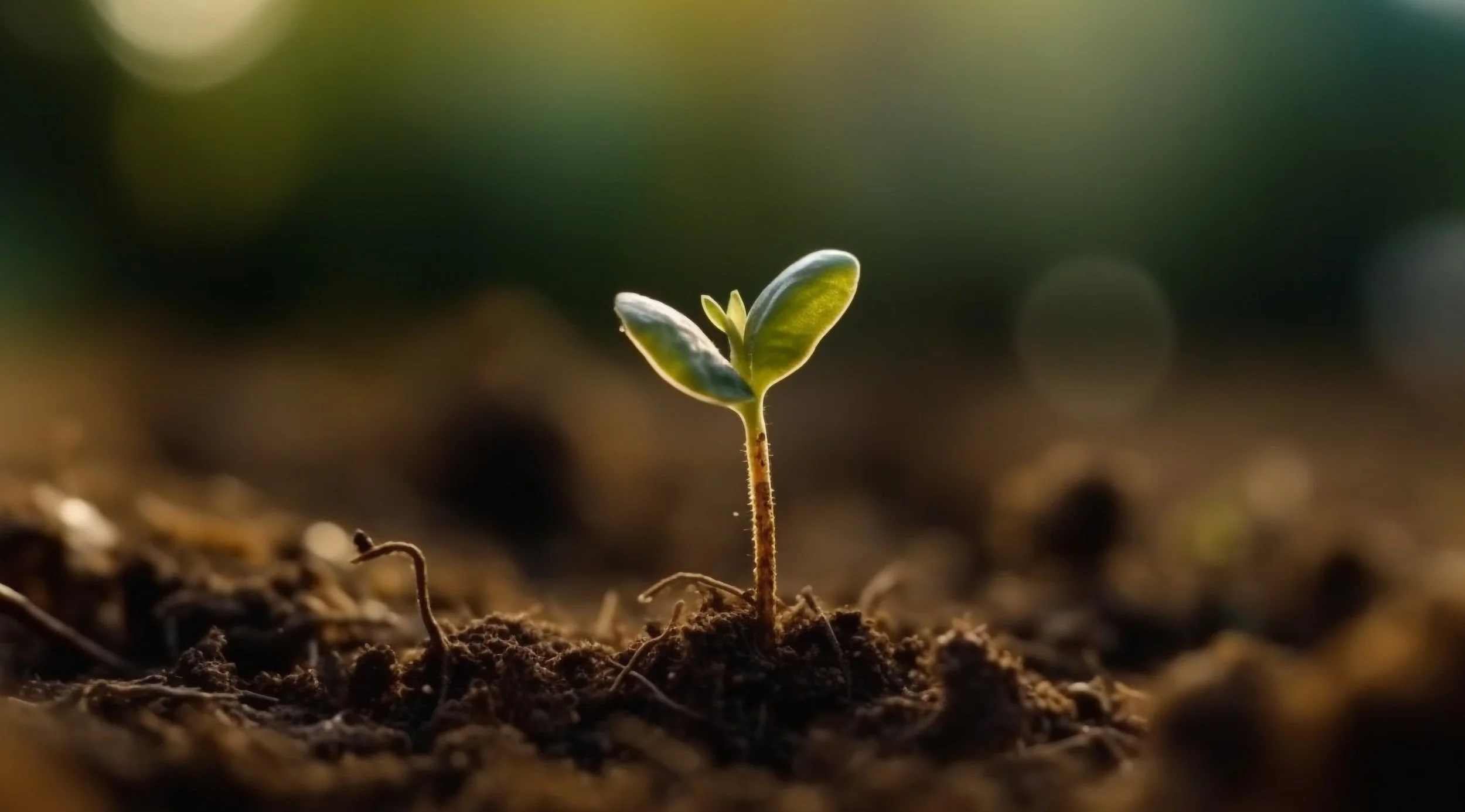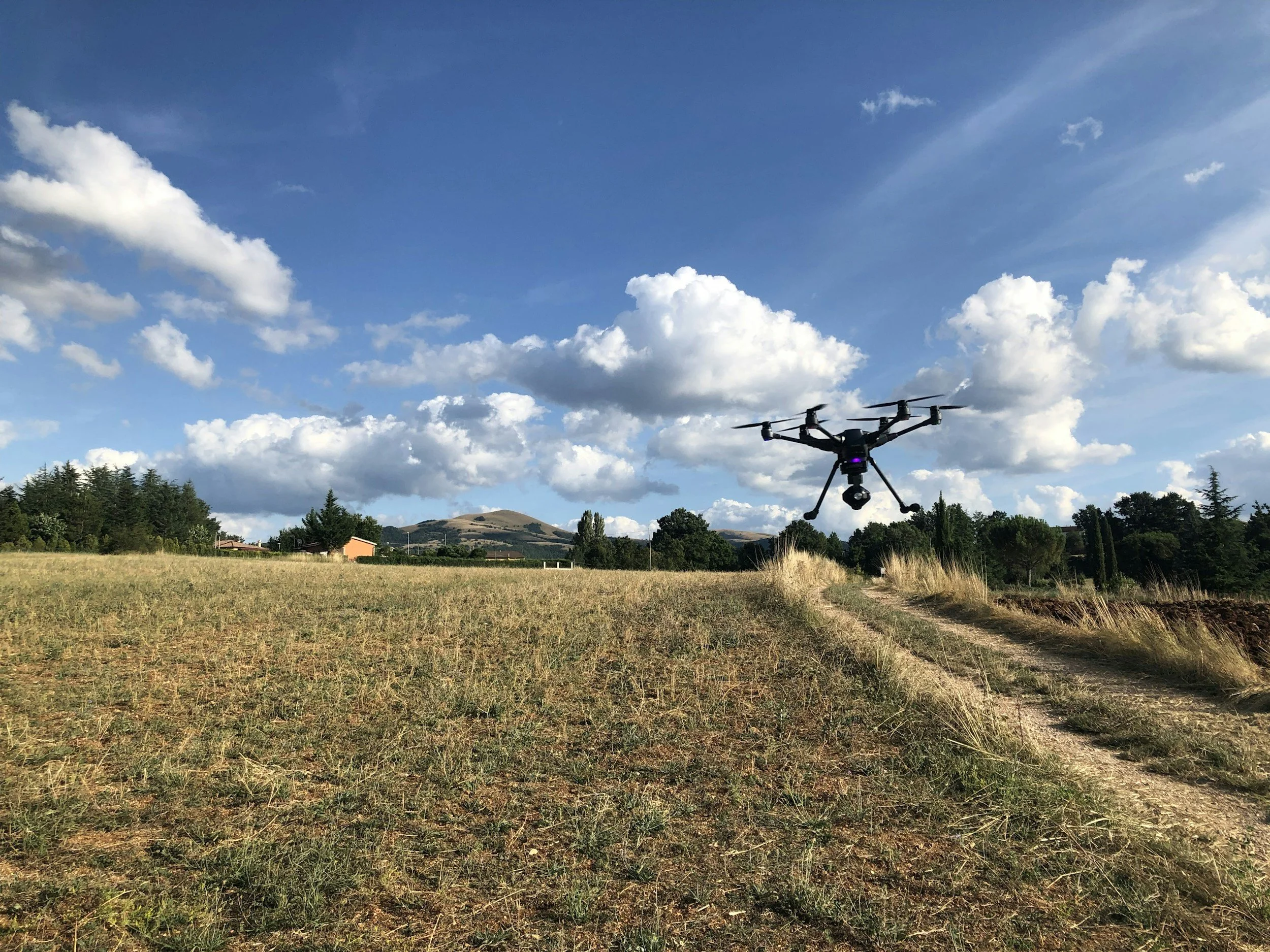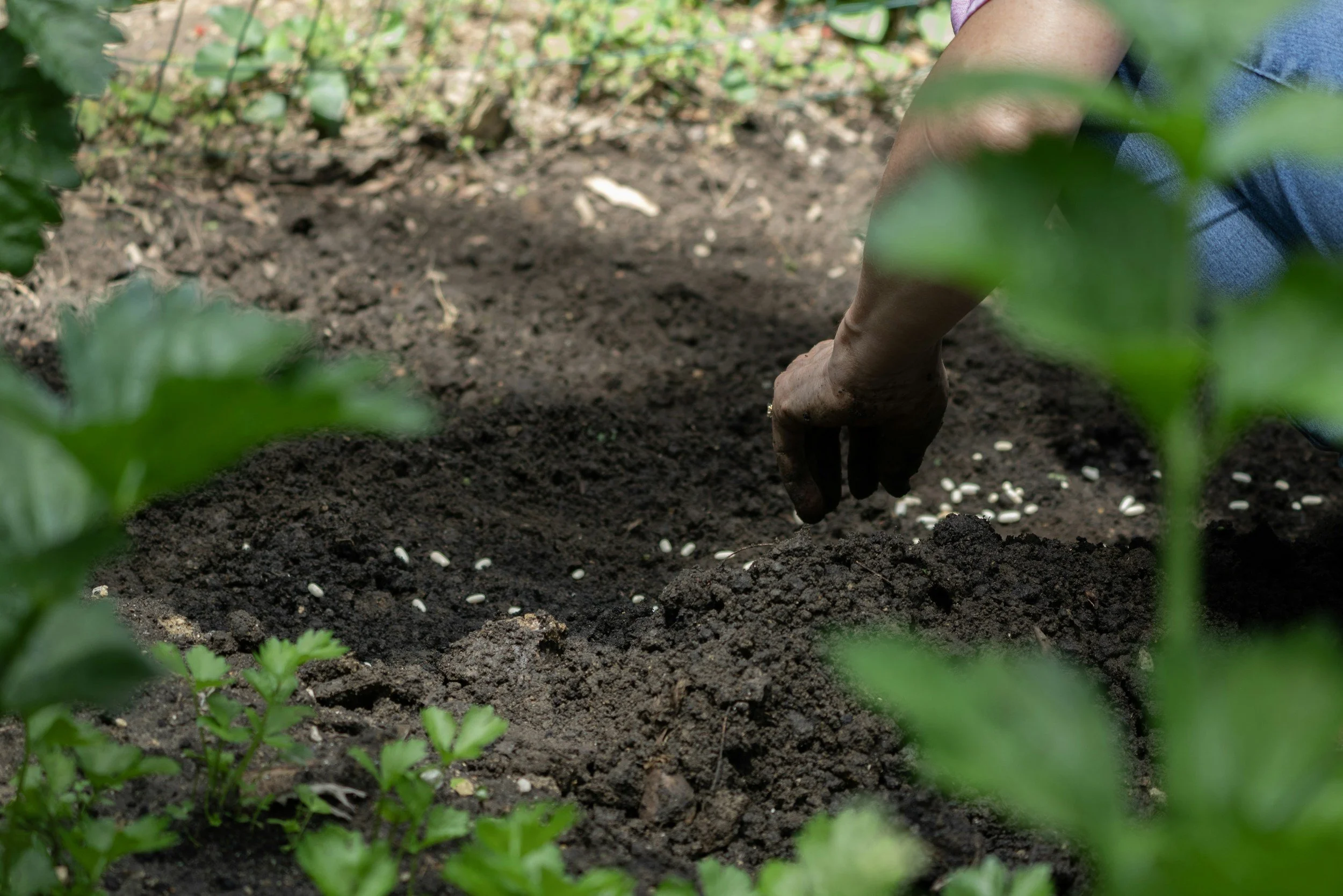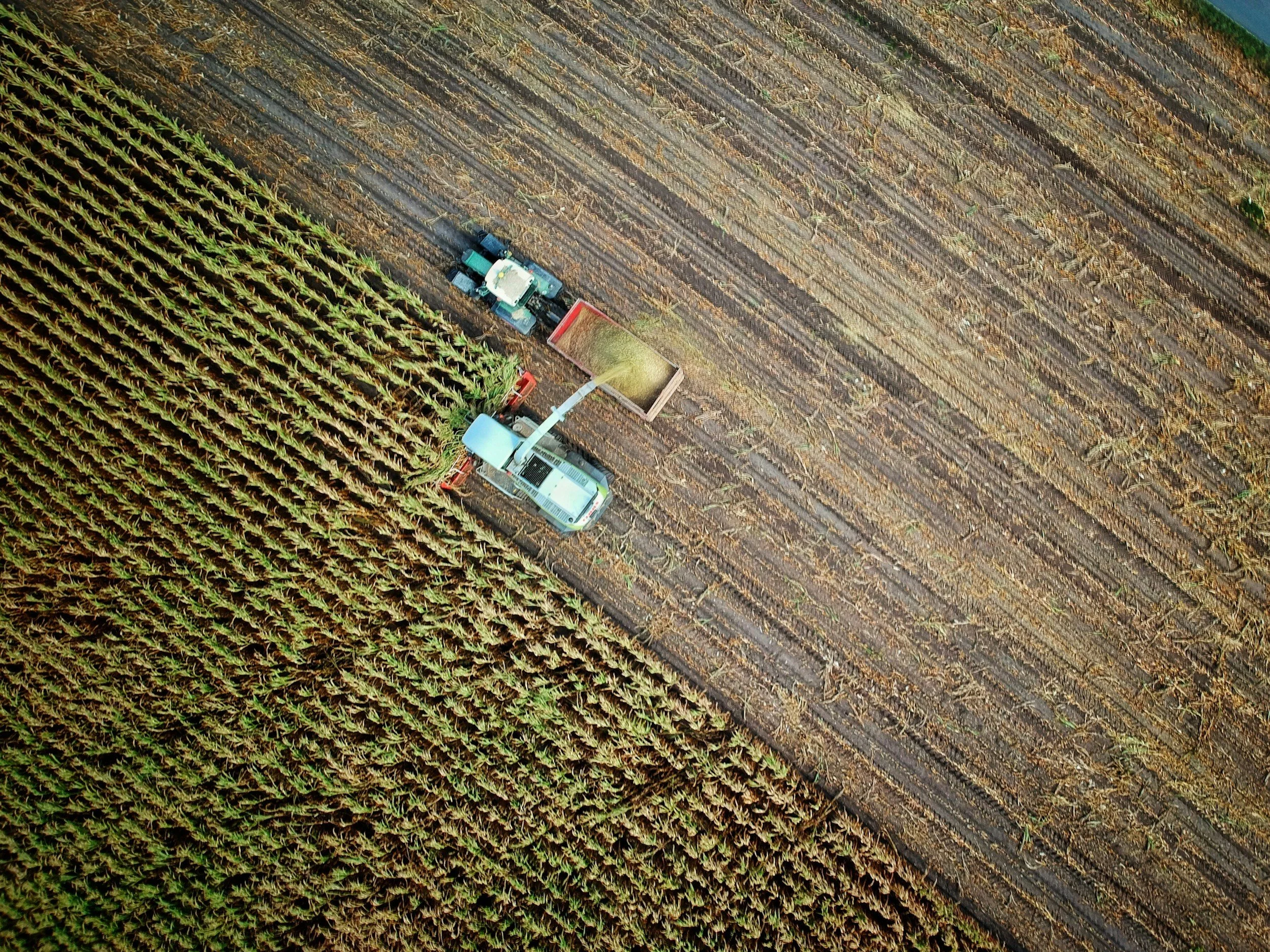Always wanted a lawn, but didn’t know where to start? Here are a few tips
/Many of us fantasize about having our own little fix of green toward the front or the rear of our homes. The trouble with turning this into a reality lies in the details — seeing how to lay the grass, and caring for your yard consistently. Yards require more maintenance than your typical plants, but having said that, a lavish yard isn't unattainable. The key ingredient is persistence, particularly as you start to lay your grass. One of the most important first steps is to get the dirt treated well and prepared for the grass. This is tedious, though definitely worth the exertion over the long haul. Readiness of the dirt is the main piece of laying any yard, and in the event that you do this well, maintaining your grass will be a lot simpler.
Making a Start
First, outline the space of your grass and uncover the dirt around 8 to 10 inches down. Turn the dirt over completely and break all the hard soil. Eliminate the weeds, and remove all stones and irregularities. Then add prepared blended garden soil from the nursery or red earth as well as a good natural fertilizer to this dirt. Generally, a good rule of thumb is to add 15 bags for grass of around 500 sq.ft. Blend this dirt well, separating any irregularities so the dirt feels delicate to the touch. Water the territory completely and leave it to soak.
Setting up the Soil
Two or three days later, turn the dirt again and eliminate any weeds. This is the best time to add more fertilizer (three to four bags) and neem cake powder to de-weed the dirt and ward off any worms. Keep on watering the area for seven days.
After this, you may see a few weeds or undesirable elements among the dirt, which can even come from the fertilizer or manure that you use. Eliminate any of these elements in. your dirt. Then, turn the dirt again and water it well for three additional days. Keep doing this for three weeks to about a month until the new soil has settled and is prepared for planting.
Laying the Lawn
The natural lawn grass that is most appropriate for a home nursery is by and large Bermuda grass or Australian grass. Assuming the region has restricted daylight, even an assortment of shade grass will do. This grass is easy to keep up, and sturdy enough to sit on or work out on.
On the off chance that you choose to utilize Bermuda grass, you can get a pack brimming with it from your local nursery for a 1,000 sq. ft region. This grass should be spread or thrown on the pre-arranged territory I n equal amounts and watered thoroughly. Bermuda grass flourishes effectively and rapidly and you will see your land become green in as little as 15 days.
Korean grass is also an option for quicker results. Korean grass can be set/planted with pre-developed turf or planted at customary spans. For home nurseries, it might be speedier to purchase the turf and plant this immediately on the pre-arranged soil. To do this, all you have to do is place the turf on the edges first and work your way inwards. A wooden board can be helpful in this process to pat the surface and make sure the grass is properly in place.
It is ideal to lay grass not long before a rainstorm and certainly by early spring.
Keep your yard green by watering it well. The water should go down a couple of inches and the grass ought to be watered each day. However, be careful not to water the lawn excessively, or the grass can start rotting. It will be roughly a month till your grass has framed well and three months for it to be great.
Watering your lawn from a hose or sprinkler is not always the most efficient method to help your grass develop the kind of deep roots that will enable it to become firmly established and able to withstand periods of drought later on. While you can certainly water deeply this way, a more efficient method is to run a soaker hose or other drip irrigation system throughout the area.
The time you need to run the hose or drip irrigation depends on your conditions: some people water this way almost daily, while others do this for half an hour a few times a week. After watering with the soaker hose, check to see whether the moisture has penetrated the soil several inches, then adjust your watering schedule accordingly. Watering this way also prevents loss of water through evaporation: the water goes directly to the roots of the grass, encouraging them to penetrate deeply into the soil.
You can also keep your yard looking its best by cutting it frequently. Electric cutters are generally the best option for cutting grass, and while sometimes expensive, a used one can be quite affordable. Hand-pushed yard cutters will are also an alternative, and can be especially helpful if you are using Bermuda grass.
Before you intend to cut the region, ensure the land is dry. It is best not to water the grass a few days before you cut it. When you cut the grass, don’t worry if it looks yellow or dry afterwards! Try Just continue to water it regularly, and within roughly two weeks you will have a lavish carpet of green grass once more.
Yards are a delightful addition to a home, and well worth the up-keep required to keep them in tip-top shape! While maintenance sometimes requires a little trial and error, the work definitely pays off and will be much appreciated when you are unwinding on your lavish green fix on a late spring evening.
Balaji Nursery is located in the Rohini area of New Delhi, India. We are engaged in Landscaping, Horticulture, Plantations, Indoor Plants & Maintenance. Buy Natural Grass Carpet Rolls online and get delivery within 2 days at your doorstep. Click or call to make a purchase today! Call @ 9354173113 / +919873266306
Like this? Please pin!









































